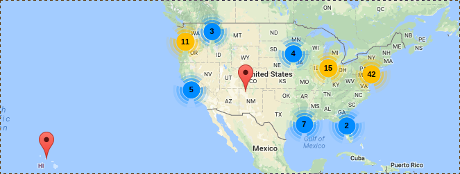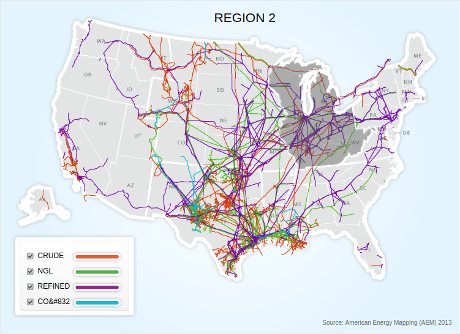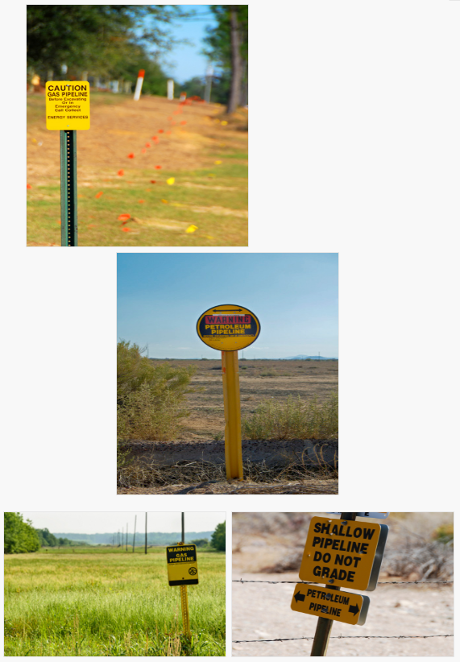(Before you tweet, pro or con, I take everything Ricchiari reports as true and harassment of women as an issue that must be addressed.)
Female Journalists Fight Online Harrassment by Sherry Ricchiardi.
From the post:
Online tormentors have called Swedish broadcaster Alexandra Pascalidou a “dirty whore,” a “Greek parasite” (a reference to her ethnic heritage), a “stupid psycho,” “ugly liar” and “biased hater.” They have threatened her with gang rape and sexual torture in hideous detail.
But Pascalidou has chosen to fight back by speaking out publicly, as often as she can, against the online harassment faced by female journalists. In November 2016, she testified before a European commission about the impact of gender-based trolling. “(The perpetrators’) goal is our silence,” she told the commission. “It’s censorship hidden behind the veil of freedom of speech. Their freedom becomes our prison.”
In April 2017, Pascalidou appeared on a panel at the International Journalism Festival in Italy, discussing how to handle sexist attacks online. She described the vitriol and threats as “low-intense, constant warfare.”
“Some say switch it off, it’s just online,” she told The Sydney Morning Herald. “It doesn’t count. But it does count, and it’s having a real impact on our lives. Hate hurts. And it often fuels action IRL (in real life).”
Other media watchdogs have taken notice. International News Safety Institute director Hannah Storm has called online harassment “the scourge of the moment in our profession” and a “major threat to the safety and security of women journalists.”
“When women journalists are the target, online harassment quickly descends into sexualized hate or threats more often than with men,” she added. “Women are more likely to be subjected to graphic sexual and physical violence.”
…
You will be hard pressed to find a more radical supporter of free speech than myself. I don’t accept the need for censorship of any content, for any reason, by any public or private entity.
Having said that, users should be enabled to robustly filter speech they encounter, so as to avoid harassment, threats, etc. But they are filtering their information streams and not mine. There’s a difference.
Online harassment is consistent with the treatment of women IRL (in real life). Cultural details will vary but the all encompassing abuse described in Woman at point zero by Nawāl Saʻdāwī can be found in any culture.
The big answer is to change the treatment of women in society, which in turn will reduce online harassment. But big answers don’t provide relief to women who are suffering online now. Ricchiardi lists a number of medium answers, the success of which will vary from one newsroom to another.
I have a small answer that isn’t seeking a global, boil-the-ocean answer.
Follow female journalists on Twitter and other social media. Don’t be silent in the face of public harassment.
You can consider one or more of the journalists from Leading women journalists – A public list by Ellie Van Houtte.
Personally I’m looking for local or not-yet-leading female journalists to follow. A different perspective on the news than my usual feed plus an opportunity to be supportive in a hostile environment.
Being supportive requires no censorship and supplies aid where it is needed the most.
Yes?




